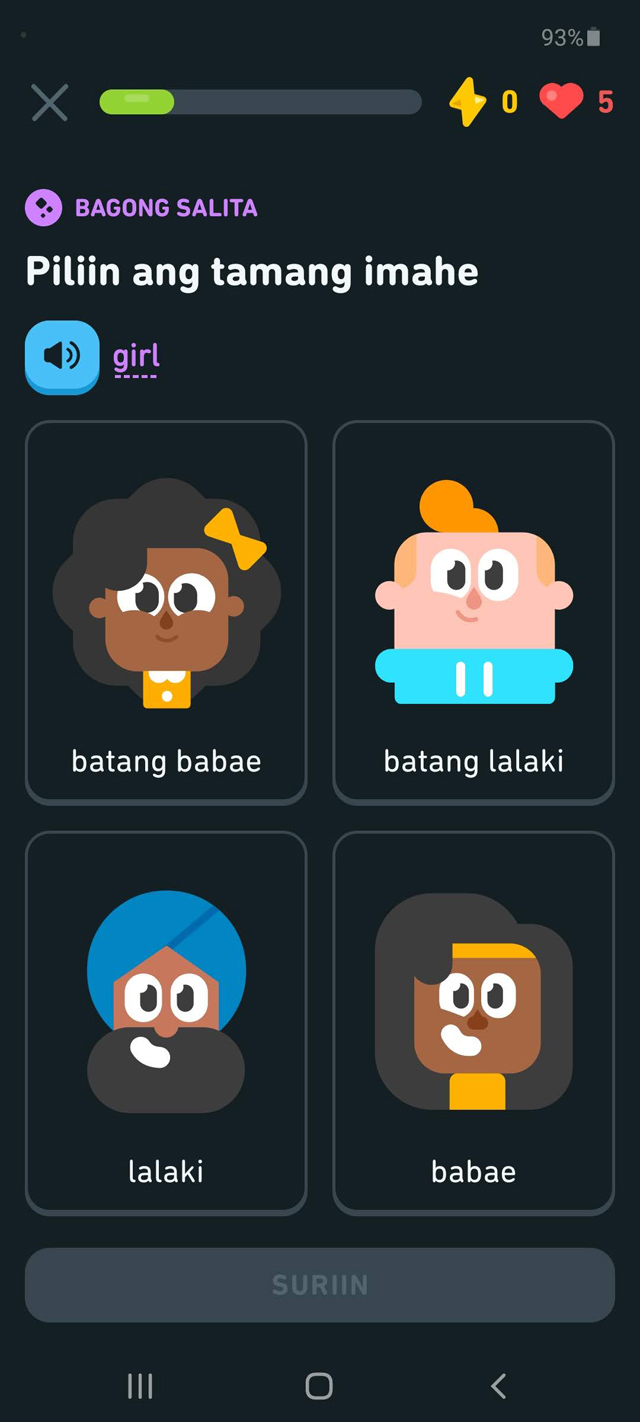

On top of that, contributors are expected to be passionate and committed to their course and to language education in general. The basic requirement for contributing to a language course is fluency in both the language being taught and the language being taught from. Course contributorsĪ course contributor is a bilingual volunteer who helps create a Duolingo language course. Errors can still be reported, but most of the rough edges have been smoothed.

Such courses are considered to have "graduated" from beta. Phase 3 A Phase 3 course is a course that has met certain quality criteria, such as a low rate of error reports. Users who take beta courses are encouraged to report any such errors or omissions using the in-lesson report button. Phase 2 Courses in Phase 2 are completed courses that are available to the public to learn but are considered to be in beta specifically, they may contain some mistakes or may not accept all correct answers to exercises. More details about course creation can be found at the Course contributor guide. For some courses, it may also involve translating Duolingo's user interface into the language being taught from and/or obtaining a speech synthesizer or native speaker audio for the language being taught.

Course creation involves translating thousands of words and sentences between the language the course teaches and the language it teaches from and arranging those words and sentences into lessons and skills. Phase 1 Courses in Phase 1 are in the process of being created. As of May 2019, this is for instance currently the case for Swedish from Turkish course. Note: Courses can be in the incubator without being in any Phase. Duolingo courses are classified into three different phases depending on how far they are into development and testing.


 0 kommentar(er)
0 kommentar(er)
